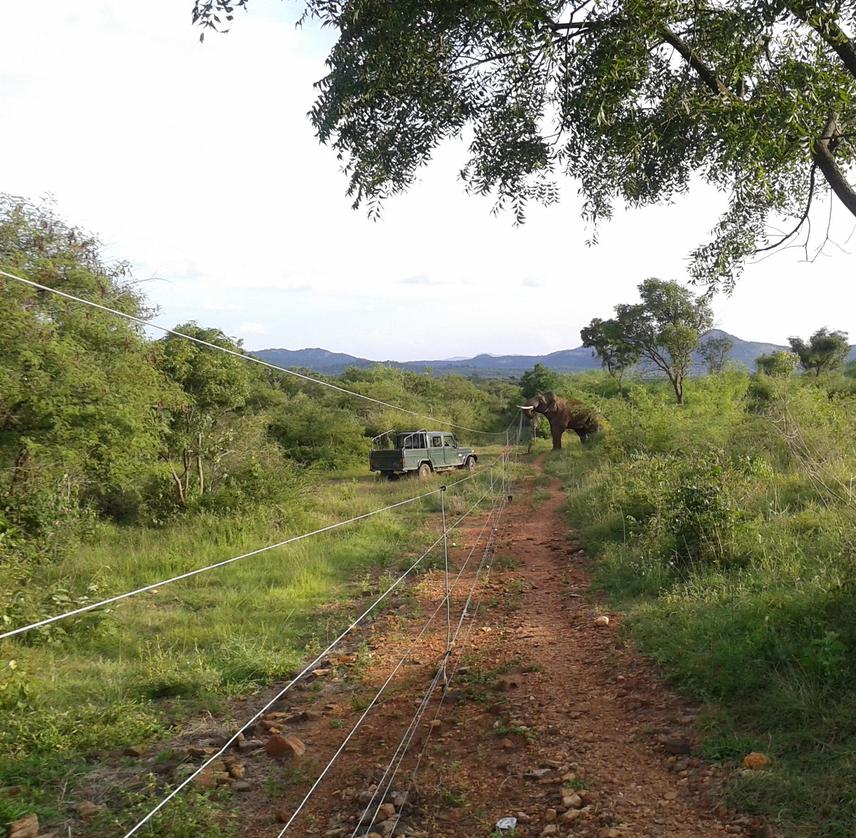Nishant Maragowdanahalli Srinivasaiah
This study aims to promote the management of trans-frontier elephants, at the landscape-level, by improving the linkages between managers and local communities across administrative boundaries through information-sharing.

Observing elephants on field.
Asian elephants have large home ranges of 40 to 4000 km2. With drastically enhanced habitat loss, fragmentation and degradation, their home ranges now often overlap with human-use areas resulting in aggravated human-elephant interactions. While elephants appear to be increasingly adapting to these changes by displaying significant behavioural plasticity, such conflict creates antagonism among local communities towards elephants. This has emerged as one of the greatest challenge to the conservation of Asian elephants in the 21st century across their distribution range.
In many habitat countries including India, where elephants range across state / administrative borders, each state department is concerned in mitigating conflict only within their jurisdiction. With little inter-state consultation and cooperation to manage elephants at the landscape level, both, the local people and elephants suffer the brunt of conflict through the loss of life and property. More implicitly, such improper management strategies alter the regular ranging patterns of elephants, often severely disrupting their social organisation, and leading to the spread of conflict to newer areas.
This project seeks to address the critical issues of elephant conservation and management in a human-dominated landscape along the inter-state boundary of two southern Indian states, Karnataka and Tamil Nadu, which are witness to severe levels of human-elephant conflict. The collection of baseline information on spatio-temporal patterns of elephant distribution, the extent and range of human-elephant conflict and an assessment of the perceptions of the local people towards elephants at the landscape scale would significantly add to our understanding of the dynamics of human-elephant interactions across this human-dominated landscape.
This study also emphasises the need to manage elephants at the landscape level due to their large home ranges and pervasive movements across administrative boundaries rather than the conventional territory-based approach. Linking local farming communities and state forest departments, who are both comparably affected by human-elephant conflict, through information linkages on daily and seasonal habitat usage by elephants can improve stakeholder coordination in elephant management, both within and across the affected states. Such cooperative action towards conflict mitigation in the long term may dissuade the local people from adopting ad hoc measures, such as elephant drives, which adversely impact both the people and the elephants in the region and instead facilitate the development of more sustainable, long-term management plans for both, the elephants and the affected people, in the landscape.